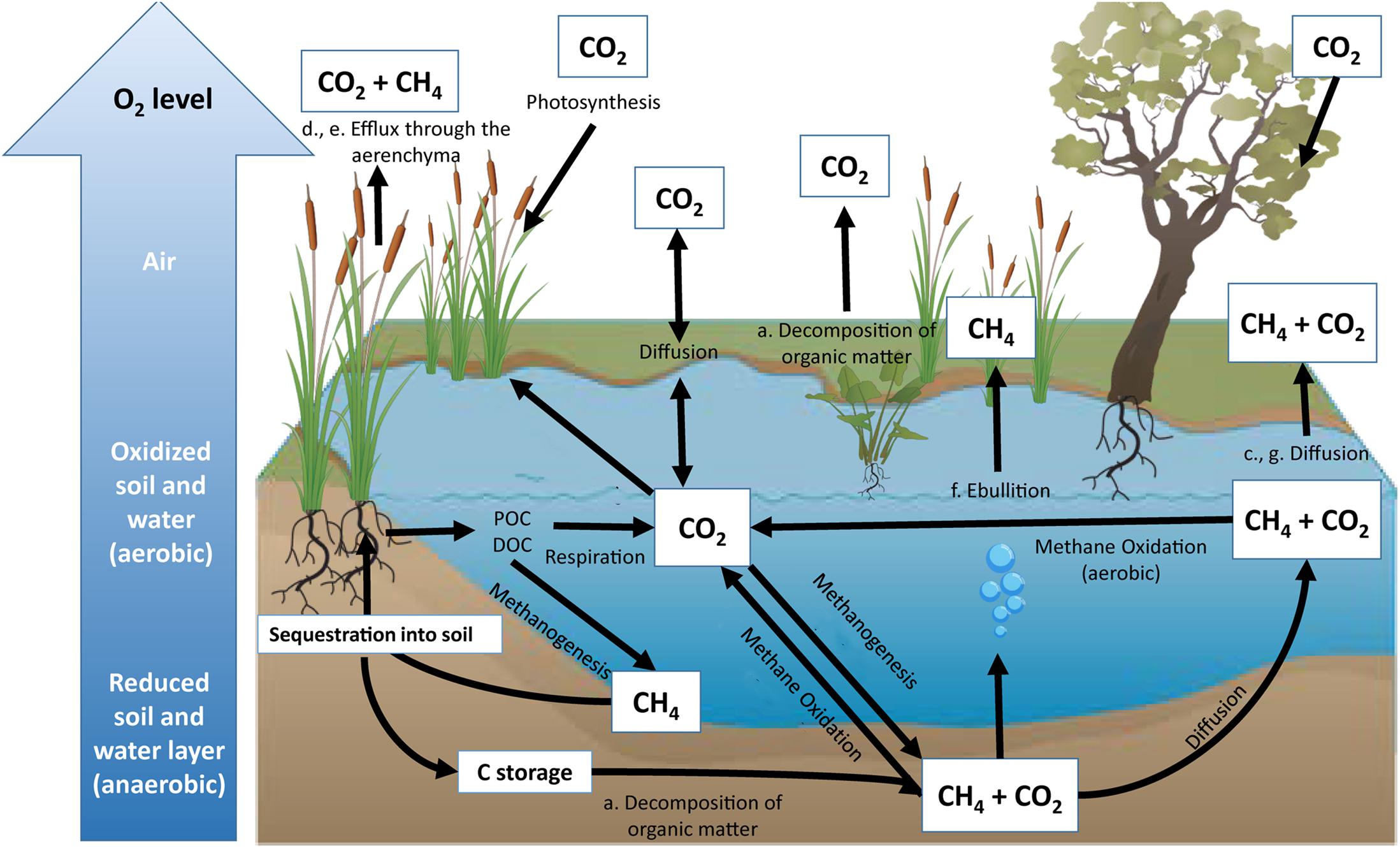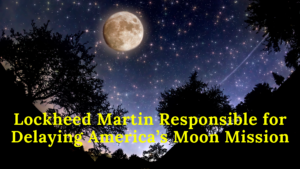
As the Earth gets warmer and sea levels rise, the environment changes. Scientists think that one good thing about this is tidal wetlands in estuaries might make less methane, a strong greenhouse gas. This happens because more seawater coming in makes it harder for microbes to make methane in these habitats.
However, biologists from Lawrence Berkeley National Laboratory (Berkeley Lab) and UC Berkeley have found evidence that challenges these ideas. After studying 11 wetland areas and looking closely at the microbes, chemicals, and geology, they found that one wetland area getting a bit of seawater was releasing more methane than expected – even more than any of the freshwater areas.
This discovery shows that the processes controlling how greenhouse gases are stored or released in natural landscapes are more complex and unpredictable than we thought before. The study was published in mSystems.
Tringe and her team collected soil samples from the 11 sites and used high-throughput sequencing to study the DNA of different organisms like bacteria, viruses, and fungi. They examined the genes in the sequences and matched them to known functions.
For example, they found genes related to nitrogen metabolism or genes from bacteria that use sulfate in respiration. Then, they created models to understand how the genetic information, along with the chemical factors in the soil and water, might be linked to the methane emissions they observed.
Alao Read | Elevate Well-being and Joy with Kiwifruit: Unveiling its Health Benefits with a Nutritionist

In most areas, ranging from freshwater to full seawater salinity, the amount of methane released decreased as more saltwater mixed with river water. However, at one site restored in 2010 from a seasonal grassy pasture for livestock grazing back to its original wetland habitat, the team noticed higher methane emissions despite a moderate increase in saltwater influx.
The higher sulfate content in seawater, containing sulfur and oxygen ions, compared to freshwater, led to the expectation that increased seawater influx in these environments would reduce methane production. This is because methanogens, which use CO2 for cellular energy production, are expected to be outcompeted by bacteria using sulfate instead.
In both scenarios, methane production increased. Tringe’s laboratory recently collaborated with Marcelo Ardón of North Carolina State University to study the microbial communities in those soils.
Tringe adds, “So I think these experimental manipulations are reaffirming the idea that seawater intrusion has more nuanced effects than just sulfate addition, and there are also more intricate factors involved in ecosystem restoration.”
The research was funded by the Department of Energy (DOE) Early Career Research Program award to Tringe and the DOE Joint Genome Institute.
Why do scientists believe tidal wetlands might produce less methane as sea levels rise?
Scientists believe that increased seawater influx in tidal wetlands might make it harder for microbes to produce methane.
What evidence challenges the idea of tidal wetlands reducing methane production?
Biologists from Lawrence Berkeley National Laboratory and UC Berkeley found that one wetland area exposed to seawater was releasing more methane than expected.
Where was the study documenting unexpected methane emissions published?
The study was published in mSystems.



One thought on “Surprising Greenhouse Gas Emissions Detected from Restored Wetland”